
Optimizing Duplicative Assets With the 4 Rs
July 16, 2021
Presented by:
Teltech Group
3211 Internet Blvd., Suite 300, Frisco, TX 75034
sales@teltech.com
www.teltech.com
Background
With the implementation of 5G, the rip and replace of Chinese assets, the augmentation of coverage in currently underserved areas, as well as corporate mergers and consolidations, the need for methods that maximize return on investment is more important than ever. There are many paths to achieve this objective. The key question is – what is the optimal approach that maximizes the useful life of current assets, stretches the CapEx dollars while minimizing OpEx expenditures, or finds alternative uses for the excess equipment to achieve a social benefit in underserved populations? Teltech Group explores those options and has the proven experience to execute on the optimal strategy.
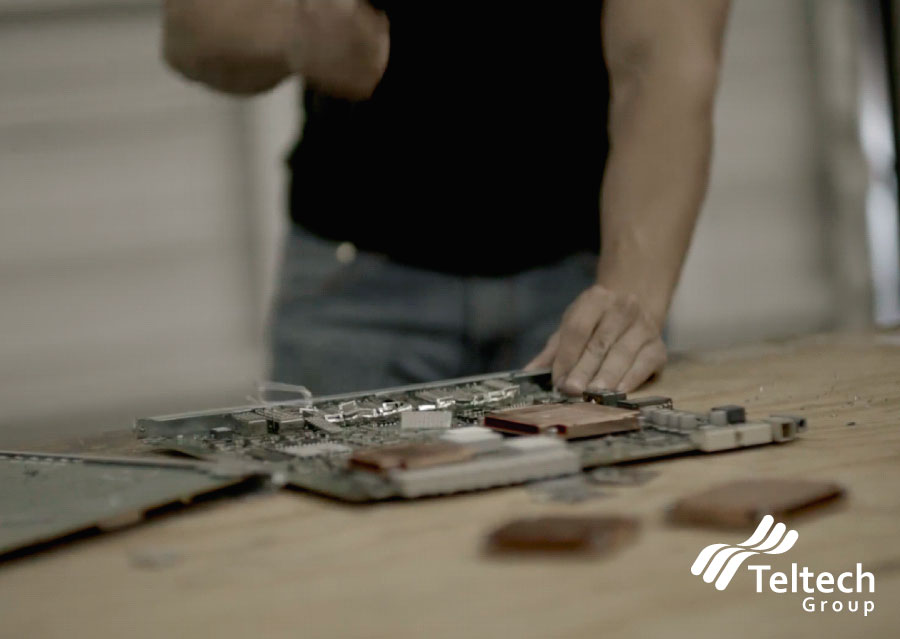
The 4 Rs
The equipment on cell sites to be decommissioned can be treated in different ways through the 4 Rs. These are: reuse/redeploy, refurbish, resell, and recycle. Each approach comes with a decision on financial impact as well as time horizon to achieve the desired financial result. With a difference in time horizon, you also have an inherent decision on the complexity of the model you wish to implement, as there are trade-offs in the approach you wish to take.
Reuse/Redeploy
When there is market demand for displaced products from decommissioned cell towers, the easiest approach in terms of touching the product and ease of product use is a true reuse/redeploy implementation. This may be driven by the relative infancy of the life of the deployed assets and as such the assets can be moved from one site to another with minimal, if any, retouch, or rework. The alignment of timing between new build sites coupled with the decommissioning activity may yield significant ongoing value. This requires a synchronization between the forward planning process with the decommissioning activity, along with geographic overlaps to minimize the OpEx challenges of moving products from one cell site to another. A robust workflow toolset, such as Teltech’s TAM (Teltech Asset Management) 2.0, can be utilized by our partners to have full end-to-end visibility of their reuse/redeploy programs.
Reuse/redeploy can be implemented utilizing materials such as radios, BBUs, and electronics. The only limitation to the utilization of assets is products that experience a performance degradation as those products are reused. As well, these excess materials can be used to replenish or augment field spares if that need arises.
Coordinating the forward planning and decommissioning processes is complex. Partnering with Teltech to manage coordination with the decommissioning service providers as a “one stop shop” will reduce complexity and build the new supply chain as assets are decommissioned and redeployed.
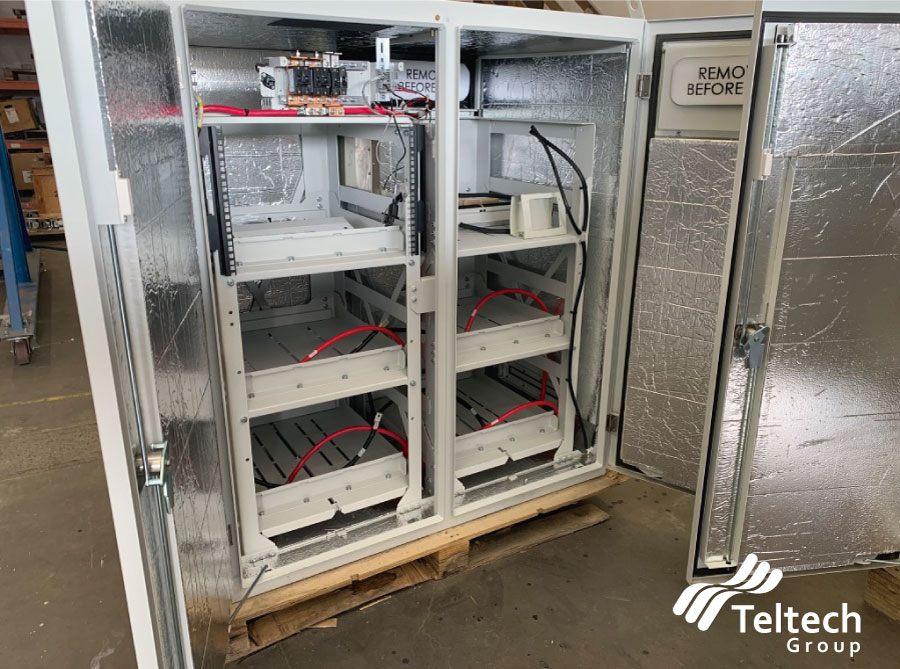
Refurbish
Like the reuse/redeploy model are those cases where the displaced equipment needs to be refurbished to make it ready for use in the network. This could mean simply cosmetic refurbishment such as cleaning the equipment to align with the look and feel of the product on the new cell site before deployment. However, in most cases this could mean a process whereby software is maintained at the latest revision level, product is recertified and tested to attain a “like new” warranty status, and the product life cycle effectively begins anew.
Refurbishment programs are an especially important part of extending the useful asset life for “major equipment” such as radios, antennas, and baseband units. Because these tend to be the most expensive assets as part of a bill of materials, refurbishment is an important tool to avoid expending additional CapEx dollars and extend the financial life of deployed assets. This approach was successfully implemented by Teltech as part of an overall CapEx avoidance program in excess of $750M with a Tier 1 US Carrier. Refurbishment activities are normally not implemented below the category of “major materials” as the ROI does not make financial sense for products such as cables, connectors, etc.
Refurbishment has similar coordination and planning challenges of a forward deployment scenario aligned with a decommissioning plan while accounting for geographic overlaps. Teltech’s TAM 2.0 toolset can be leveraged to simplify this coordination. Coupling the refurbishment model on top of a reuse/redeployment model already implemented yields the most optimal results for our clients.
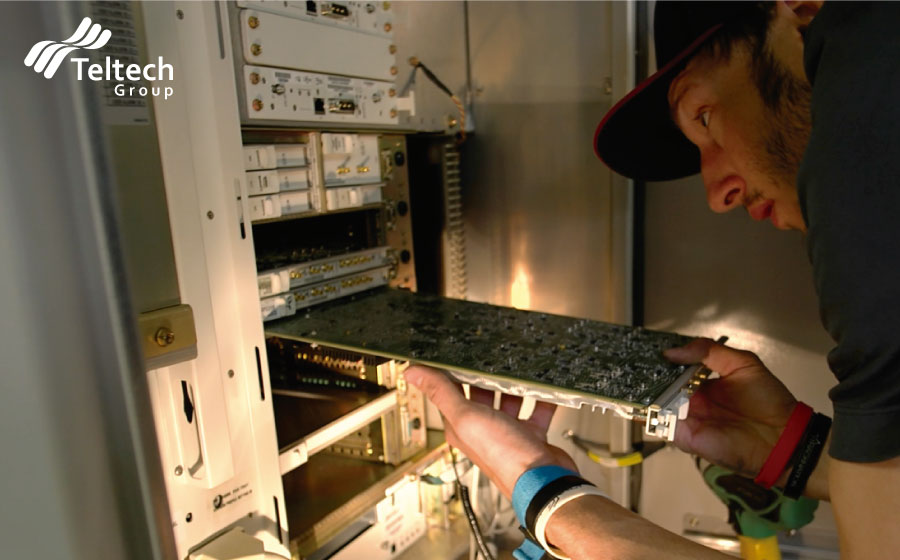
Resell
Another area of opportunity for extracting financial benefit from the equipment deployed throughout the network is to market this equipment for resale in other networks that utilize similar equipment. While band-specific radios and antennas limit the widespread utilization of products in a resale scenario, there are many creative uses in similar spectrum/band scenarios as well as utilization of a significant percentage of an overall bill of materials and content that is not limited to specific spectrum/band combinations. Teltech is a proven leader in finding a secondary market for displaced equipment and can market displaced products for resale by working with partners such as Tier 2/3 carriers, WISP partners, or entities beyond the United States. Teltech can market these assets for resale and will remain OpEx neutral for our partners by transporting and storing the equipment at no expense. We can market this equipment in our online marketplace (shopteltech.com) for maximum exposure and a simplified eCommerce transaction.
Another opportunity exists within the 2.5G spectrum and the government programs to offer spectrum licenses within similar bands to underserved areas of the United States, specifically the Native American Tribal Lands. We will treat this scenario separately in this white paper as it deserves a separate strategy discussion.
Recycle
Recycling of product is implemented upon exhausting all other avenues of product use, as recycling achieves the lowest overall return on investment. This does not mean that it is transacted last, but rather as the product is decommissioned, Teltech triages equipment to assess viability for reuse/redeployment, refurbishment, or an available market for resale. In the absence of other available uses for the equipment, recycling is a viable option. Recycling can be done either at the onset of the decommissioning process or after resale efforts are exhausted, after a holding period that is cost neutral to our partner.
This approach maximizes the effort to extract financial returns for our client with the backstop of a recycling percentage that is guaranteed on the back end. Teltech has found this approach to be the most valuable to our clients and allows them to achieve financial results above a simplified “scrap mentality.”
When recycling makes the most sense, it is important to leverage a partner such as Teltech. We have established relationships across the nation with multiple recycling partners that specialize in different types of equipment and materials, to extract the largest return for our clients. Through this approach, Teltech has been instrumental in our clients receiving distinctions of recognition such as the Gold EPA award for our Tier 1 client Sprint and has implemented an overall recycling model that has led to over 135 million pounds of landfill avoidance. Employees and consumers are especially attracted to socially conscious companies, and Teltech has implemented a model that fosters that for our clients.
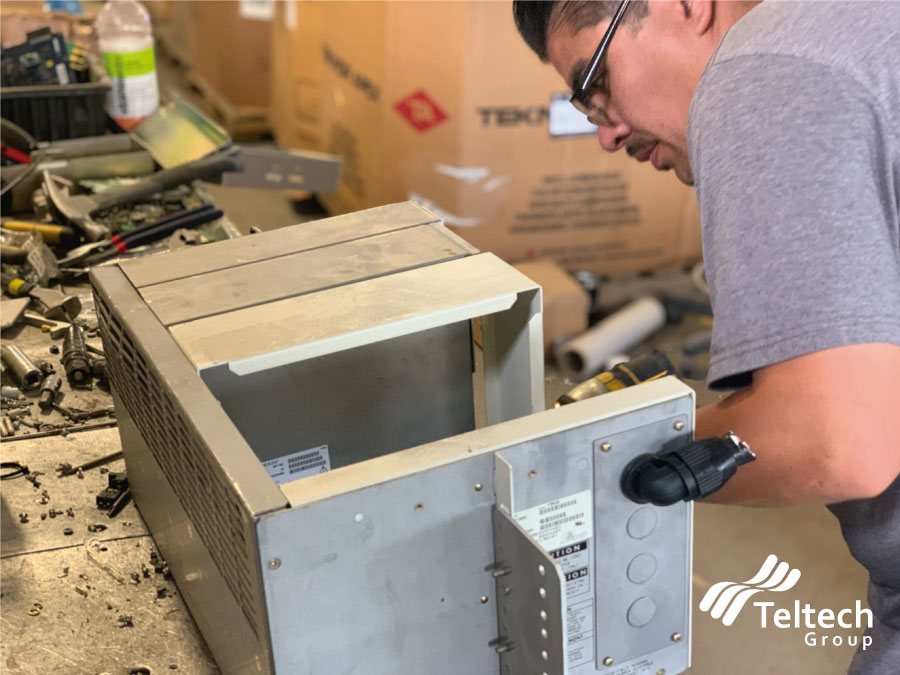
Use Cases:
(Examples of Successful Strategy Implementation)
Sprint Network Vision Reverse Logistics/Asset Management
Teltech supported Sprint’s Network Vision Project as its Reverse Logistics and Asset Management Partner. The objective was to maximize the overall asset management of its legacy equipment, including reuse of legacy equipment, to reduce CapEx spend. Teltech created a solution that provided a set of end-to-end services that met Sprint’s needs.
Sprint saved over $550M in network deployment and equipment CapEx costs via refurbishment for reuse of invested assets. Teltech’s Reuse and Recycle zero landfill solution resulted in zero landfill and supported Sprint’s EPA Award.
The scale of this project was >42,000 return orders processed through the distribution center network, tracking >1.1 million serialized assets. This was accomplished by managing a nationwide transportation solution and over 500,000 square feet of warehousing to transact the activity.
The triage effort of reuse/redeploy/refurbishment maximized the CapEx avoidance highlighted ($550M). The additional resale methodology implemented by Teltech realized increased financial benefits vs. scrap/recycling. Finally, in the recycling scenario Teltech was able to achieve the following “End of Life” statistics: 400 cabinets de-manufactured per week; 100,000 lbs. of electronics and wire de-manufactured per week; 42 million pounds of metal recycled; 23 million pounds of batteries ecologically disposed of; and 7 million pounds of electronics recycled (e-Waste).
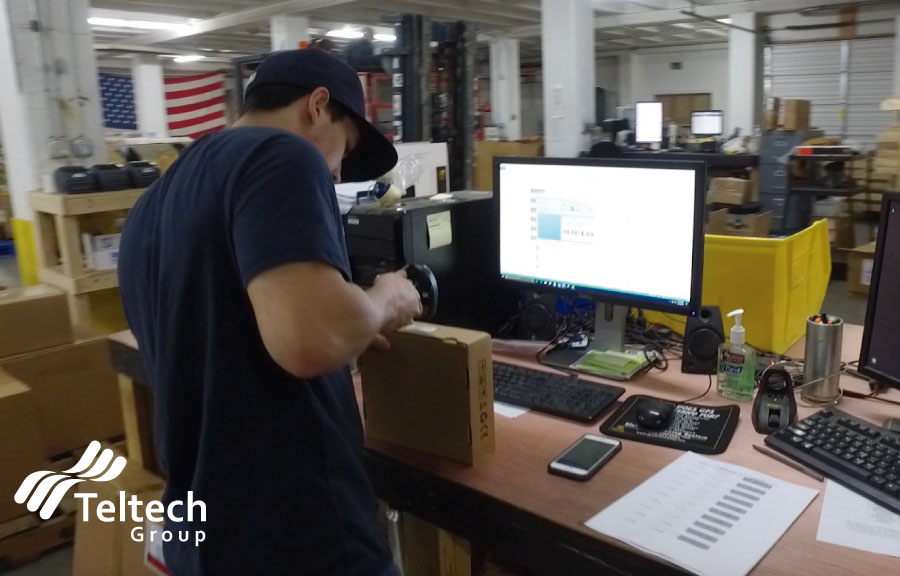
Samsung Reverse Logistics Project
Samsung was selected to upgrade Sprint’s wireless network and needed a partner to support the reverse logistics for Sprint’s decommissioned and de-installed equipment. Teltech created a solution that met the needs of Samsung and Sprint based on 3 strategic elements: people, processes, and tools.
The logistics of this program were accomplished utilizing 38 nationwide local storage and staging facilities for de-installed assets with a dedicated team to manage these local storage and staging facilities and outbound shipments facilitated by a nationwide transportation network. Coupled with best-in-class people performing these tasks, Teltech has implemented asset management processes which have yielded results and KPIs that are tops in the industry. Finally, the important third element of Teltech’s strategic architecture is the tool that drives the processes, Teltech’s custom asset tracking application TAM 2.0. TAM 2.0 puts a tool in the hands of field service personnel to achieve a seamless end-to-end asset management process and is utilized for all Teltech’s programs.
Teltech’s solution provided Sprint/Samsung with zero landfill results and >25 million pounds in landfill avoidance using Teltech’s reuse, resale, repurpose and recycle processes for 15,000 cell sites.
Clearwire WiMAX Decommissioning Project
Teltech provided end-to-end program management by offering an experienced, dedicated team to manage all nationwide in-market logistics and warehousing needs for the removal of Huawei assets from the Clearwire network. Utilizing Teltech’s asset management and end-of-life capabilities allowed Sprint to meet all extensive Department of Justice (DOJ) audited requirements on Huawei assets and provided certificates of destruction for all assets.
Teltech’s program management and proven success for decommissioning, asset management and recovery coupled with our industry specific end-of-life expertise in telecommunications ensured that Sprint’s Clearwire decom was optimized for safety, quality, schedule, and cost while reducing environmental impact and further enhancing Sprint’s brand as a leader in sustainability and Corporate Social Responsibility (CSR).
Teltech provided nationwide local storage and staging facilities for de-installed assets leveraging Teltech’s custom asset tracking application TAM 2.0 with outgoing shipments facilitated by Teltech’s nationwide transportation network.
Given the end-state of this project was destruction of equipment, transparency on all phases of the operations with traceability to the serial number level through certificates of destruction was provided. As well, following Teltech’s best-in-class recycling processes, our client was able to achieve an overall reduction in carbon footprint and zero landfill results.
Utilizing Excess Equipment for Societal Good
Underconnected/Underserved Portions of the United States
The “5th R”, repurpose, comes to the forefront during these unprecedented times. The COVID-19 crisis has highlighted the underconnected and underserved areas of the United States and where those gaps in coverage have impacted those populations, especially in rural areas. In areas such as telelearning and telehealth, both of which have come front and center as essential needs for all during this crisis, the need for reliable broadband has never been higher.
As a Native American Woman owned company, Teltech is very active in supporting the underserved Native American Tribal Lands. Teltech has partnerships with industry experts who are passionate about providing broadband coverage for this area of the underconnected and underserved, and these repurposed assets can find a second life providing significant value for this segment of the population.
Not only will this extract additional value for the assets that would otherwise be disposed of, but the populations this equipment will support would yield additional subscribers to the carrier’s network while increasing rural coverage and job creation in these communities.
While Teltech has specific deployment programs in place for Native American Tribes that align with both government spectrum programs (FCC 2.5GHz Auction) and government funding programs through the NTIA (The Tribal Broadband Connectivity Program), this deployment model can also be implemented in WISP partners or other entities that are interested in building out rural America and taking advantage of government programs such as the Rural Digital Opportunity Fund (RDOF). New in-the-box excess equipment as well as decommissioned or displaced equipment could find a second life providing needed broadband coverage to the rural communities who are in desperate need of connectivity.

Execution Model with Decommissioning Partners – “One Stop Shop”
Teltech has provided use cases of how we have approached three separate execution models. To provide a seamless solution for our partners, Teltech will take all complexity off our clients and manage the movement of material through the supply chain to extract maximum value. The responsibility will fall to Teltech to work with the decommissioning service partners and take possession of equipment once removed from the tower. Teltech will take a “cradle to grave” approach for these assets until disposition, by reuse/redeploy, refurbishment, resell, recycle, or by repurpose through the rural markets.
Other competitors in the industry take the approach of scrap/recycle as the only alternative for excess and displaced assets, as this is the simplest to transact. However, Teltech’s experience has found that this yields the lowest ROI to our clients and thus takes a more holistic approach to extracting maximum financial returns. Teltech’s model can benefit you by not only making visible those products that can be reused/redeployed or refurbished, and avoiding unnecessary additional CapEx, but also by marketing those materials for resale and yielding a significant ROI multiple versus the last resort of scrap/recycling.
Additionally, partnering and trusting your assets with Teltech could yield significant Corporate Social Responsibility gains by finding a second life for displaced material and providing value for populations in the rural communities that are in dire need of connectivity. This will create a ripple effect, not only through this generation but for generations to come, creating jobs, and enhancing the reputation of your company.


















